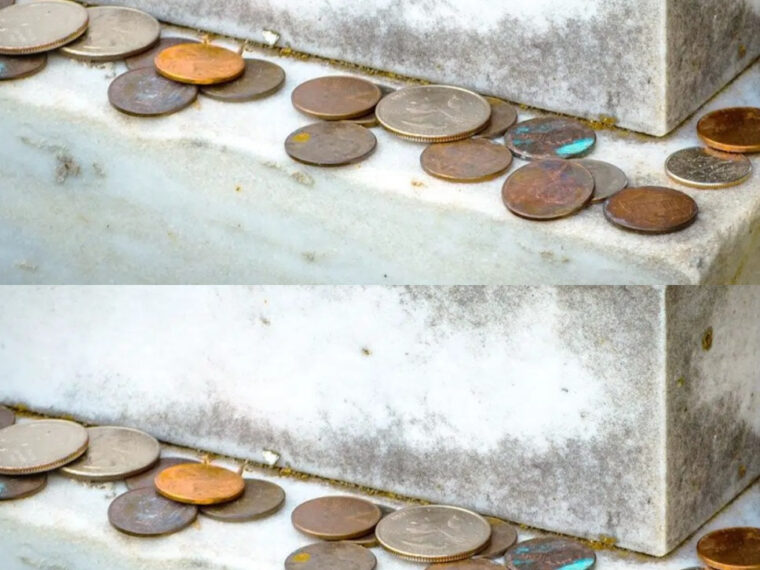If you’ve ever visited a cemetery and noticed coins carefully placed on gravestones, you may have wondered what this quiet, poignant gesture means. While it might seem like a simple act of remembrance, the tradition of leaving coins on graves carries deep symbolic, cultural, and even historical significance.
Origins of the Tradition
The practice dates back thousands of years. In ancient Greece, people placed coins, known as obols, on the eyes or in the mouths of the deceased. This was meant as payment for Charon, the mythical ferryman who transported souls across the River Styx to the afterlife. Without the coins, it was believed the soul might be left wandering.
In Roman times, a similar ritual was followed, and coins were also buried alongside warriors as a sign of honor.
Modern Military Significance
In the United States, the tradition gained renewed meaning during the Vietnam War. Soldiers began leaving coins on the gravestones of fallen comrades as a silent message to the deceased’s family:
- Penny – You visited to pay your respects.
- Nickel – You trained with the deceased at boot camp.
- Dime – You served with them in the same unit.
- Quarter – You were with them when they died.
This quiet system allowed veterans to honor the fallen without disturbing grieving relatives with lengthy explanations.
Cultural and Religious Interpretations
In Jewish tradition:
TO CONTINUE READING THE ARTICLE PLEASE SEE PAGE 2




